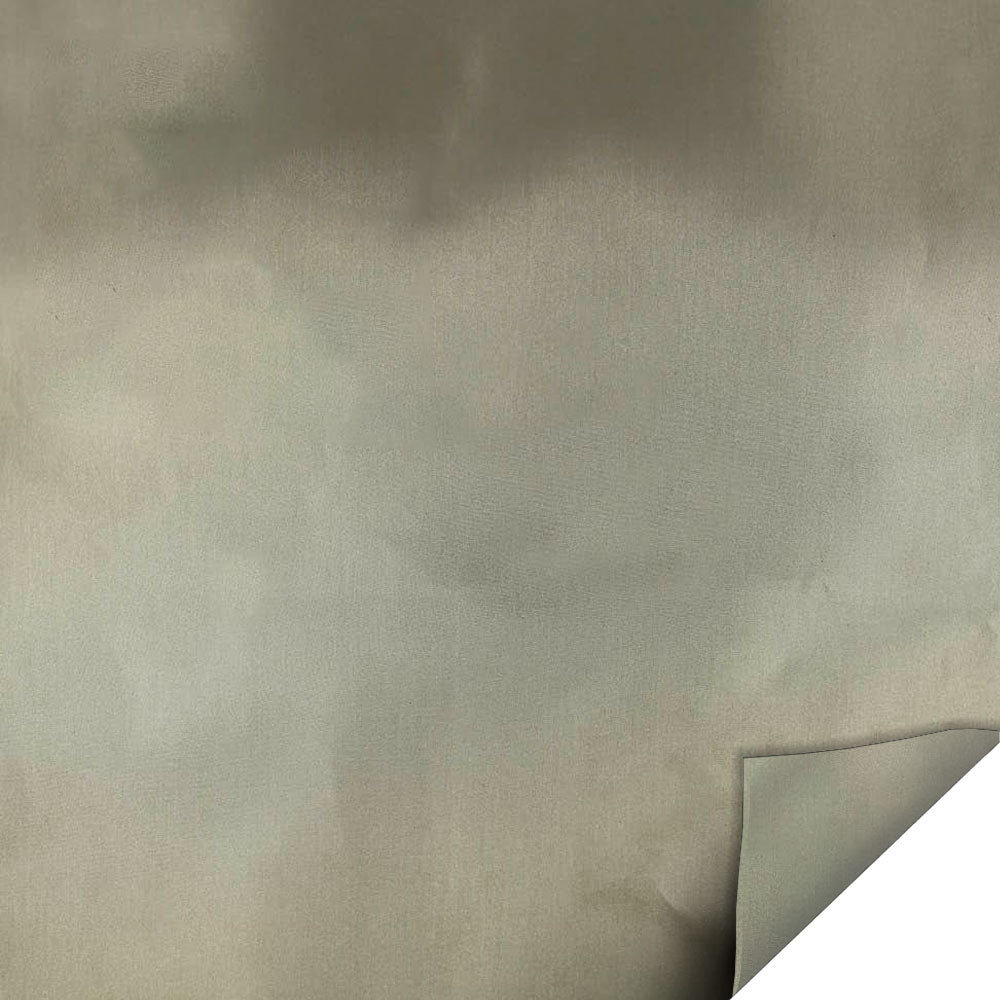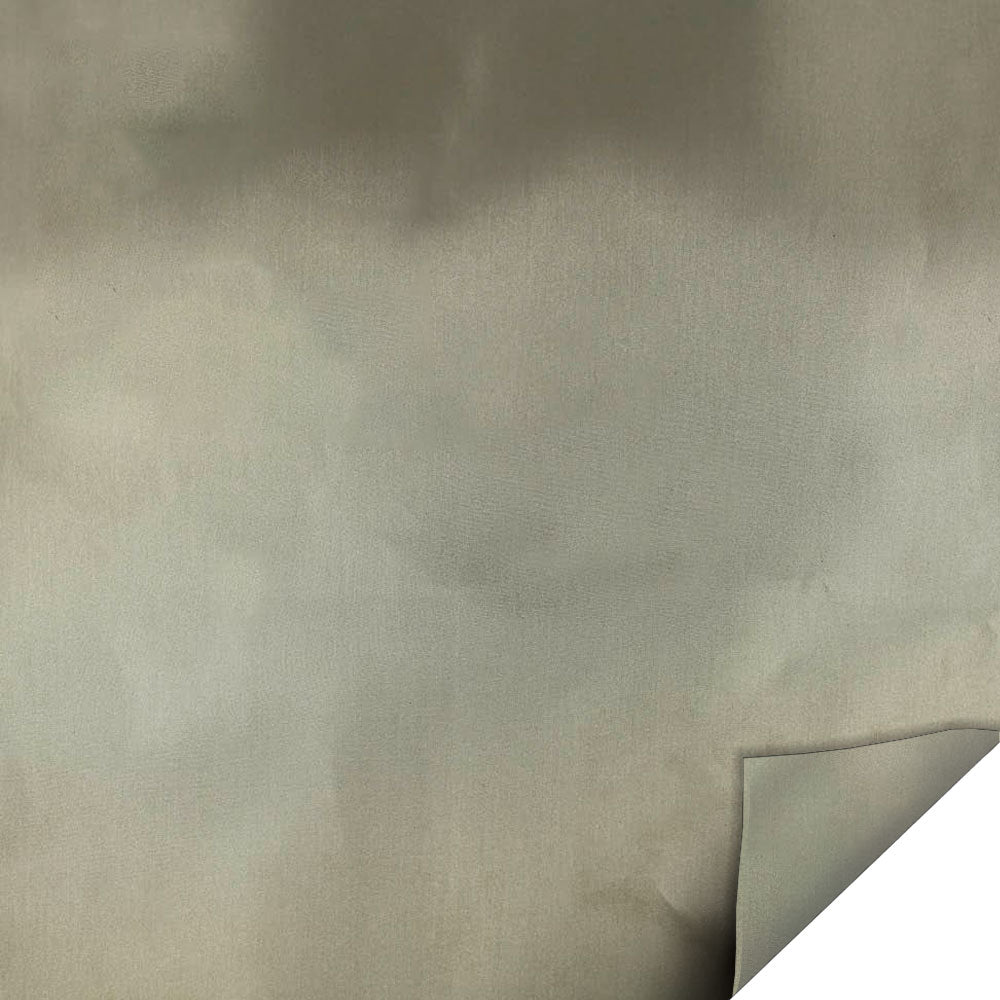Specifications
- Material:Ni / Cu fabric on GPs/63 (PVC)
- Grounding wire:optional
- Inner diameter:12/16/20, upwards 5mm each
- Color:Black/Nickel
- Wall thickness:0.45mm +/- 15%
- Temperature range:- 40 to + 105°C
- Shielding properties:100KHz – 50GHz
55dB - 89dB - Dielectric strength:>30kV/mm
- Self-extinguishing:Yes
- Weather resistant:Yes
- Available on rolls:50m
Shielding Effectiveness
Z-3250

Specifications are subject to change without notice. All statements and technical information contained herein are based on tests we believe to be reliable, but accuracy or completeness cannot be guaranteed under all circumstances. Before using Zipper-technik products, the user must determine suitability for the intended use and assumes full responsibility for improper selection. Zipper-technik shielding published attenuation values have been verified by laboratory testing of the respective shielding materials. Actual installed attenuation values may vary due to installation techniques and final assembly parameters that are beyond Zipper-technik's control. Actual attenuation values can only be determined by the end user testing the finished assembly.


